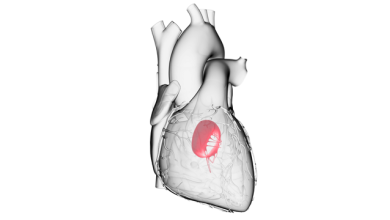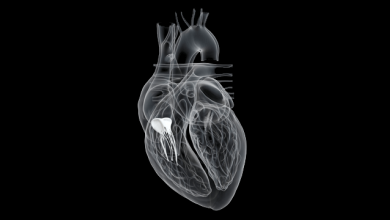Search results
Author(s):
Nehal Dhaduk
,
Adib Chaus
,
David Williams
,
et al
Added:
1 month ago
Author(s):
Ahmed M Alabbady
,
Ahmed S Abdul-Al
,
Kimberly A Skelding
Added:
3 years ago
The introduction of percutaneous coronary angioplasty in 1977 by Dr Andreas Grüntzig1 was one of the most remarkable achievements in the cardiology realm, opening the door to numerous advancements in percutaneous coronary interventions (PCIs). Due to advances in PCI techniques over the past four decades, catheters along with four generations of coronary stents have dramatically changed the…
View more
Author(s):
Duraisamy Balaguru
,
Rajiv Verma
Added:
3 years ago
Surgical repair has been the cornerstone of treatment for congenital heart diseases (CHD). However, cardiac catheterization has evolved from being a diagnostic modality to a therapeutic one in the past four decades. Application of catheter-based therapy has become the standard of care for some congenital heart defects, thus obviating surgery. This review will discuss congenital heart defects that…
View more
Author(s):
Biswajit Kar
,
Reynolds M Delgado III
Added:
3 years ago
Cardiogenic shock (CGS) results in inadequate end organ perfusion and is associated with high mortality. For patients presenting with CGS following myocardial infarction (MI), reported rates of mortality range between 55% and 80% despite aggressive pharmacological therapy and use of the intra-aortic balloon pump (IABP). Patients with CGS due to ventricular septal defect (VSD) or ventricular…
View more
Author(s):
Biswajit Kar
,
Reynolds M Delgado III
Added:
3 years ago
Cardiogenic shock (CGS) results in inadequate end organ perfusion and is associated with high mortality. For patients presenting with CGS following myocardial infarction (MI), reported rates of mortality range between 55% and 80% despite aggressive pharmacological therapy and use of the intra-aortic balloon pump (IABP). Patients with CGS due to ventricular septal defect (VSD) or ventricular…
View more
Author(s):
Shu-I Lin
,
Mizuki Miura
,
Francesco Maisano
,
et al
Added:
3 years ago
Moderate-to-severe tricuspid regurgitation (TR) is estimated to affect more than 1.6 million people in the US. However, fewer than 8,000 tricuspid valve operations are performed each year.1,2 There is clearly an unmet need for a tricuspid valve (TV) intervention. There has been rapid development in the field of transcatheter aortic and mitral valve interventions and percutaneous management of…
View more
Cardiac Computed Tomography—2005
Author(s):
Matthew J Budoff
Added:
3 years ago
Article
Author(s):
Sanjiv Kaul
Added:
3 years ago
Contrast echocardiography (CE) is 40 years old this year. Gamiak and Shah first described the use of ultrasound (US) contrast in 1968 during the early days of M-mode echocardiography.1 In that study, US contrast was produced by inadvertently introducing air bubbles in the indocyanine green solution that was injected into the left heart during cardiac catheterisation and observing its appearance…
View more
Author(s):
Yasmin S Hamirani
,
Hussain Isma’eel
,
Irfan Zeb
,
et al
Added:
3 years ago
The prevalence of heart failure and the resultant mortality has continued to rise despite increased understanding of the pathogenesis and improvement in management strategies.1 Left ventricular (LV) dysfunction is the final stage of most primary cardiovascular diseases, and greater severity is directly correlated with worse prognosis. The principal manifestation of heart failure progression is a…
View more
Author(s):
Gil J Gross
Added:
3 years ago
Rhythm disorders, independent of structural congenital heart disease, have been described with myriad pediatric syndromes.Reviewing all pediatric syndromes associated with rhythm disorders is beyond the scope of this text.However, arrhythmia as a common or defining clinical feature of a pediatric syndrome is relatively rare. A representative sample of pediatric syndromes that prominently feature…
View more











 « First
« First